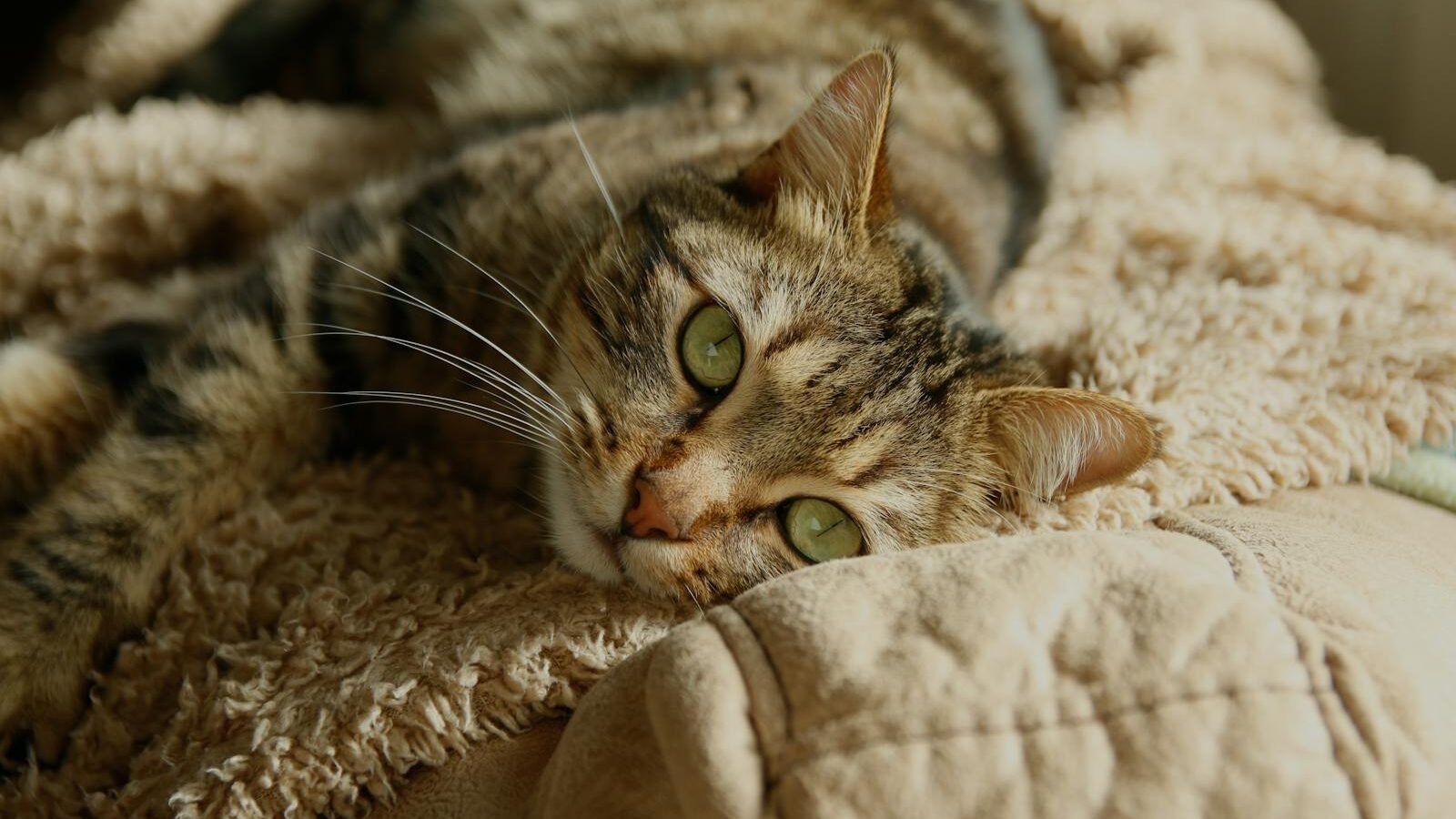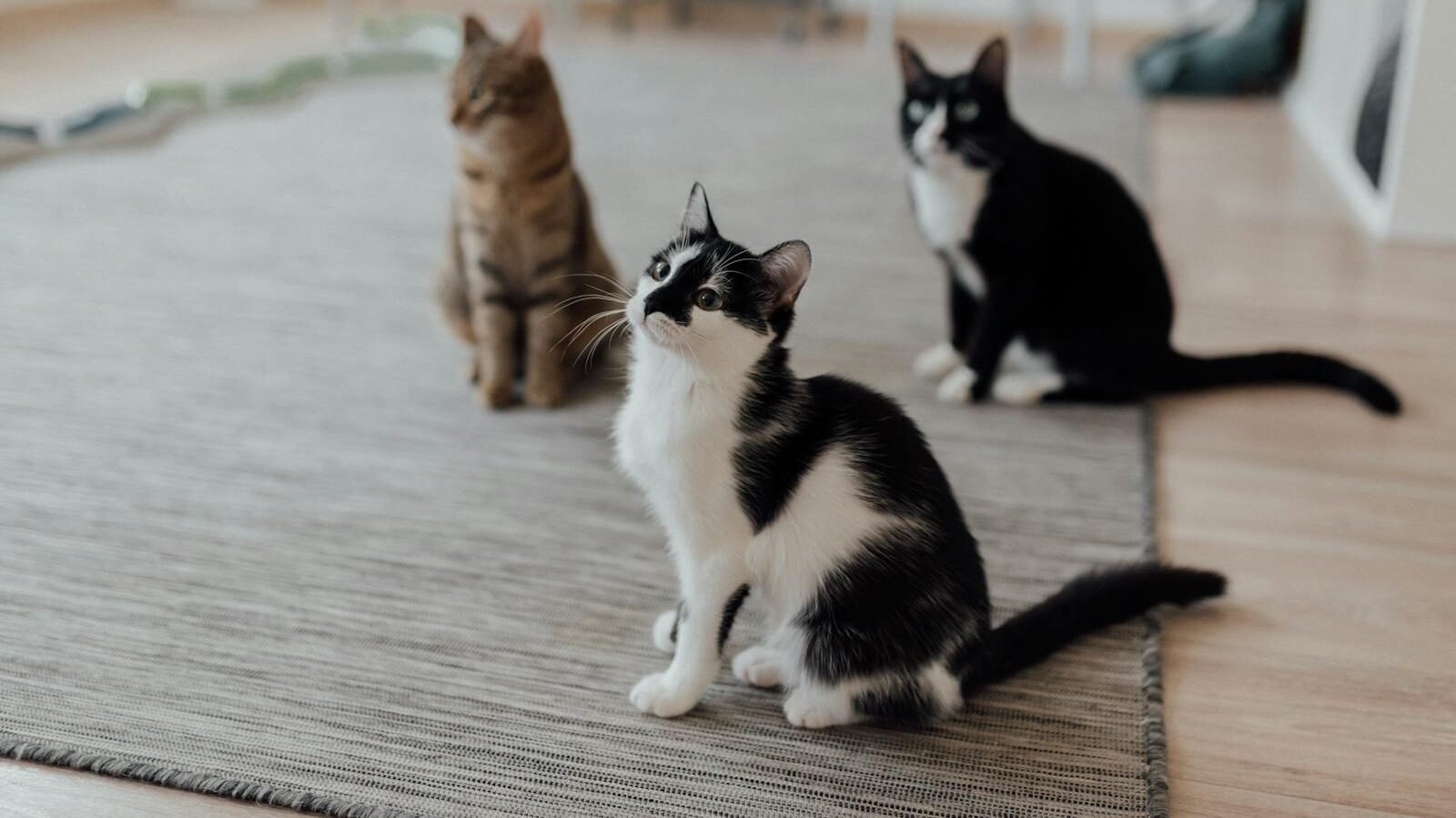Allergies are hypersensitive immune responses to substances that either enter or come in contact with the body. These substances, known as allergens, can be found in food, natural environments, and animals. When the immune system identifies an allergen as a threat, it produces antibodies to fight off the intruder, leading to symptoms like coughing, sneezing, and skin reactions.
The Biology of Cats: What Triggers Allergies?

Cats produce a protein called Fel d 1, which is found in their saliva, skin, and fur. This protein is the primary allergen responsible for cat allergies in humans. When cats groom themselves, the protein-laden saliva dries on their fur and skin, becoming airborne in flakes known as dander.
Fel d 1: The Major Culprit

Fel d 1 is a potent allergen due to its small size and ability to linger in the air. It can attach to clothing, carpets, and furniture, making homes a reservoir for these allergens. Interestingly, Fel d 1 is present in all cats, but quantities can vary across breeds and individuals.
Why Do Some People Develop Cat Allergies?

The propensity to develop allergies is typically inherited. Genetic predisposition, coupled with environmental factors, contributes to the body’s heightened immune response. When someone predisposed to allergies encounters Fel d 1, their immune system can react with typical allergy symptoms.
Symptoms of Cat Allergies

Common symptoms of cat allergies include sneezing, runny or blocked nose, itchy eyes, coughing, and wheezing. Some individuals might experience hives or a rash where a cat has licked or scratched them or even more severe respiratory issues in extreme cases.
Diagnosing Cat Allergies

To diagnose a cat allergy, doctors may recommend skin prick tests or specific IgE blood tests. These help identify the presence of allergic antibodies related to cats. Relating symptoms and exposure history is also critical in diagnosis.
Managing Cat Allergies

Managing cat allergies often involves a combination of strategies like medication, immunotherapy, or lifestyle changes. Antihistamines, decongestants, and corticosteroids are common medications that help alleviate symptoms.
Allergen Immunotherapy: A Possible Solution

Immunotherapy, commonly known as allergy shots, is a treatment where small, controlled amounts of allergens are introduced to the body to build up its tolerance. While not a cure, it can significantly reduce symptoms over time for some individuals with cat allergies.
Living with Cats: Allergy-Friendly Practices

If you’re a cat lover who suffers from allergies, there are ways to comfortably coexist with feline companions. Regular grooming, using HEPA air filters, and maintaining a clean environment can reduce allergen levels. Designating cat-free zones, like bedrooms, can also be helpful.
The Role of ‘Hypoallergenic’ Cat Breeds

Some breeds, like the Siberian or Balinese, are rumored to be ‘hypoallergenic’ because they produce less Fel d 1. While no breed is completely free of allergens, selecting breeds that produce lower levels of Fel d 1 may be a viable option for allergy sufferers who want to own a cat.
The Future of Allergen Research: Hope for Cat Lovers

Advancements in biotechnology hold promise for reducing allergens in cats. There’s ongoing research into genetic modifications and dietary supplements aimed at lowering Fel d 1 production. These technological leaps could revolutionize how we live with cats and manage allergies.
In conclusion, while cat allergies pose challenges, understanding the science behind them and adopting effective management strategies can make living with cats a reality for many allergy sufferers. With continued research and innovation, the future looks brighter for both cats and their human companions.

With over a decade of experience as a dedicated cat lover and enthusiast, I specialize in writing captivating content about all things feline. My expertise shines through in creating engaging and informative pieces that resonate with fellow cat lovers. As a proud cat parent to my beloved Duston, my personal connection to the world of cats adds authenticity and warmth to my work, making it relatable and heartfelt.






